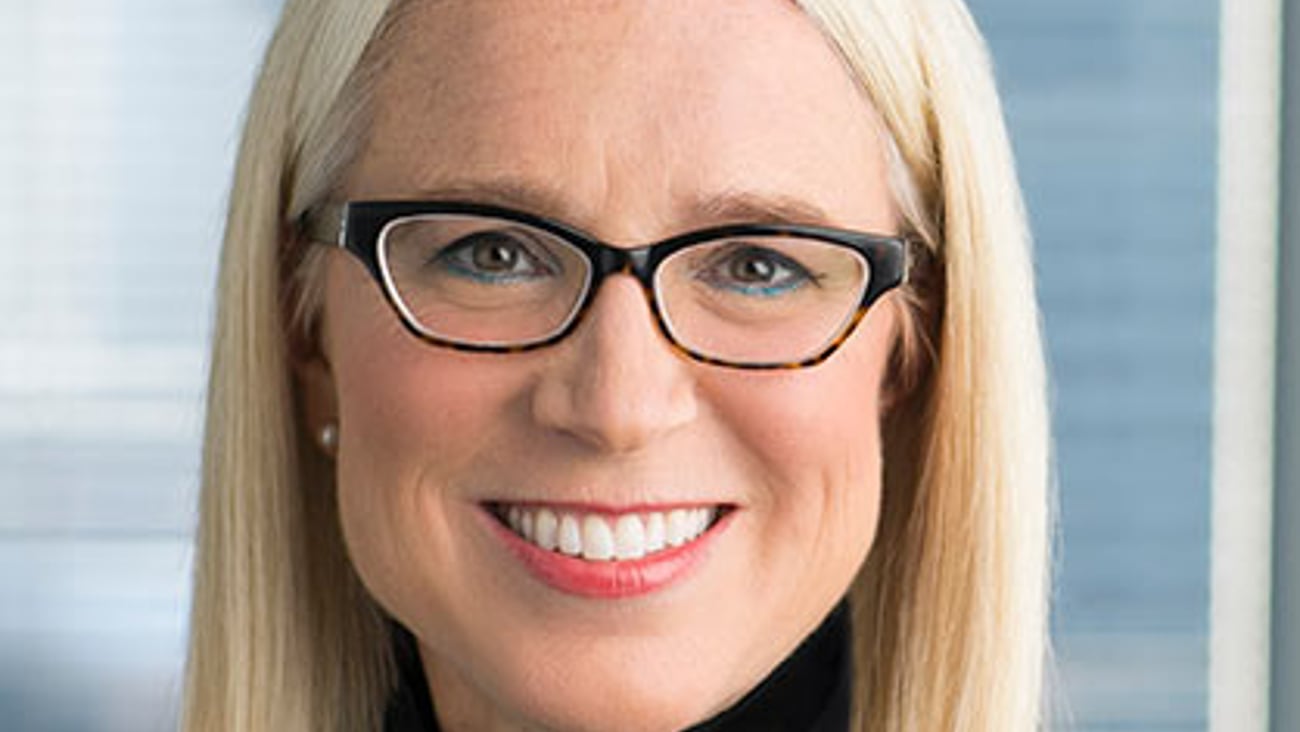Will dynamic pricing drive customers away?
Supply and demand is nothing new in retail, although fluctuations are perhaps most keenly felt in the grocery sector. Food price volatility, caused by oil price increases or crop failures, can push up production costs, leaving retailers and suppliers with the choice of passing the difference on to customers or else absorbing it themselves.
Additionally, the fact that supermarkets stock so many highly perishable and seasonal goods puts food retailers under increased pressure to price and position them correctly. Store managers want to maximize sales and cut waste; they do not want to be forced to sell end-of-life baked goods for just a few cents at the end of the day, simply because they have a surplus to shift.
Consumers are already used to differential pricing structures seen in airport coffee shops and highway service stations and are, to an extent, happy to accept a higher cost for convenience. They also know, for example, that gas prices are largely determined by the cost of oil and that they’ll pay a premium for booking a last-minute airline ticket.
Recently, data has been the driving force behind more sophisticated supply and demand models — notably Uber’s surge-pricing system, which uses real-time information such as driver availability and journey time to calculate fares. Most people are now familiar with this idea and are prepared to rationalize the higher charges that come at peak times, even if they don’t always like it.
The development of electronic shelf labeling has made Uber-style pricing models an attractive option for supermarkets. Instead of dramatically reducing seasonal goods when the holidays end, retailers can stagger promotions, helping to boost sales and protect profit margins. If we were to be cynical, we could also see them exploiting high lunchtime foot traffic to raise the price of sandwiches before dropping those prices later in the day.
Stores have long used shopper data, generated by online spending habits and loyalty schemes, to push personalized offers and incentives. At the moment, this data application is tightly controlled. But if surge pricing were to be introduced, it’s easy to imagine people using social media, or a “couponing” app, to monitor changes in minute detail. It then becomes a race to the bottom on pricing, with retailers’ profits squeezed to unsustainable levels.
Anyone hoping to capitalize on the concept of dynamic pricing needs to tread carefully if they are to avoid damage to their reputation. Many customers pay the full amount on groceries without thinking about it, but they would certainly feel differently if they believed data-driven price increases were motivated by greed. Then the social media frenzy and potential growth in sales figures could well be undermined by the long-term impact on the brand.
With fierce competition across the grocery sector, supermarkets spend much of their time trying to build good customer relations, both in-store and through marketing campaigns. It is also believed that the cost of attracting a new customer is around seven times greater than it is to hold on to an existing one, so a focus on retention is crucial. Loyalty is extremely dependent on confidence and trust in a brand, and people expect the highest standards of transparency, honesty and integrity from retailers. On top of that, they must also deliver on quality, consistency and pricing or else shoppers will stay away.
We all love the satisfaction of getting a $4 Uber ride, so customer support for dynamic pricing hinges on whether people think they are getting a bargain. Like Uber, stores must also be ready to give reasons for price surges, although the risk of a backlash is high. Discounts can easily be justified if products have come to the end of their life, but putting prices up when people are clamoring to buy Christmas goods or Mother’s Day flowers could be heavily questioned.
Ultimately, people want to be able to budget and compare prices, rather than be at the mercy of unpredictable price increases. This is why businesses should continually listen to their customers, working closely with suppliers to ensure products are available when needed and then priced accordingly. It is critical that they demonstrate their brand values on a daily basis with a stable and transparent pricing structure that instills confidence rather than suspicion among shoppers.
Electronic labeling certainly means retailers can be more agile on pricing, but this should always be done in line with customer expectations and retention, rather than short-term gains.
Forsey is the CEO of Solutions for Retail Brands (S4RB), a consulting firm and software solutions provider specializing in private brands.




